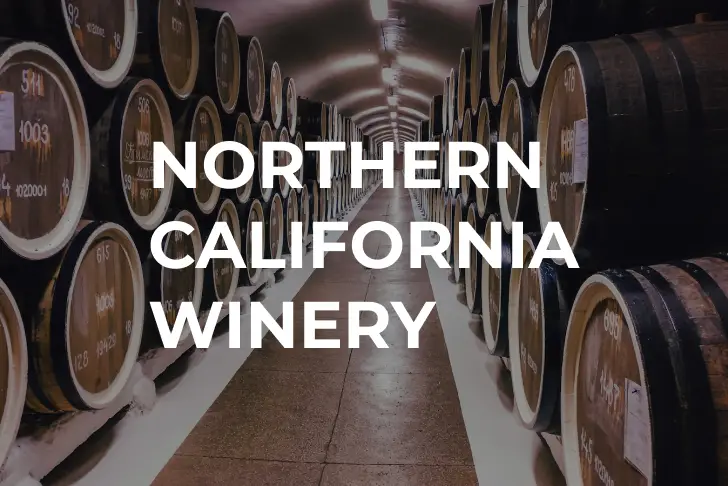Highlights:
- Reduced finished goods inventory by over 35%
- Reduced storage footprint by 30%
- Improved labor efficiencies by 15%
Company Description:
This Northern California Winery (NCW) is one of the oldest family-owned and operated wineries in the United States. Their estate wines come from over 2,500 acres of vineyards up and down the California Coast. They buy grapes from top-quality wineries depending on need and demand. Along with owning the significant acreage and the winery, NCW provides: farming services, operates a golf course, a catering service, and a gourmet restaurant.
The Business Challenges:
While this NCW has been making world-class wines for several generations they were starting to see significant pricing pressure from international winemakers. They knew that they needed to reduce the costs of their wines to remain competitive and improve cash flow. Simultaneously, they had built up significant brand equity and any impact on the quality of the wine would not be tolerated.
Leadership at the winery was looking to improve floor space utilization and increase labor efficiency. There was a belief that through better inventory controls they could grow another 20-30% without increasing the size of the winery or adding headcount. At times they had found themselves storing too much wine, often in the wrong varietals, and were frequently overstocked in dry goods. To compound the problems, order fill rates were poor despite significant investment in finished goods.
There was significant pressure to implement a solution quickly as the next harvest was only months away. The timing dictated the project had to be cash flow neutral and deliver value very quickly. The winery leadership was skeptical that a solution could be implemented within the proposed timeframe and keep the promise of being cashflow neutral.
The FlowVision Solution:
FlowVision was selected for both their ability to deliver world-class inventory optimization software utilizing ION, as well as our ability to help the winery optimize their floor space and improve labor efficiencies as the business grew. While performing the winery optimization analysis, FlowVision also reviewed the wine-making process to help identify non-value-added work and worked with the winemaking team to reduce or eliminate unneeded labor. Labor-intensive wine-making processes, such as “working the barrels” in the barrel rooms provide easy targets for improvement. Critical to improving customer service levels was gaining a deep understanding of the inventory and where the wine was in the wine-making process (completed blends, unblended single varietals, aging, and barrel time).
Implementation:
Working under a tight implementation time frame FlowVision worked closely with winery leadership to quickly understand the current winemaking processes from crush, through bottling and shipping, into the hands of the customer. FlowVision worked with the leadership team to understand future customer requirements and designed a winery to support the desired growth. By implementing Lean Flow Methodologies labor efficiency increased over 15% to help support a sales growth of 30%.
Implementing ION gave the winery the ability to quickly understand the state of all of their wine and easily compare that to demand. Instead of guessing what consumer demand would be, winemakers could dynamically adjust their blending process and timeframe to meet changing customer demands. “Once we implemented the FlowVision methodologies we always seemed to have exactly what our customers were looking for in terms of varietal and brand. We have substantially reduced our sales through alternative channels, like the airlines. By increasing the revenue of our brands, and reducing the amount of bulk wines sold, we have increased margins across the board and eliminated our need to borrow cash,” said the VP of Winery Sales and Marketing.
Results:
“Using ION we were able to reduce our finished goods inventory by over 35%. This was huge for us because we often ended up selling as much as 10% of our finished goods inventory at a cost due to shifts in customer demand,” noted the Head Winemaker. The 30% reduction in space that FlowVision was able to create by having fewer finished goods allowed the winery to scrap plans for a new barrel storage room that was going to cost over $1 million.



